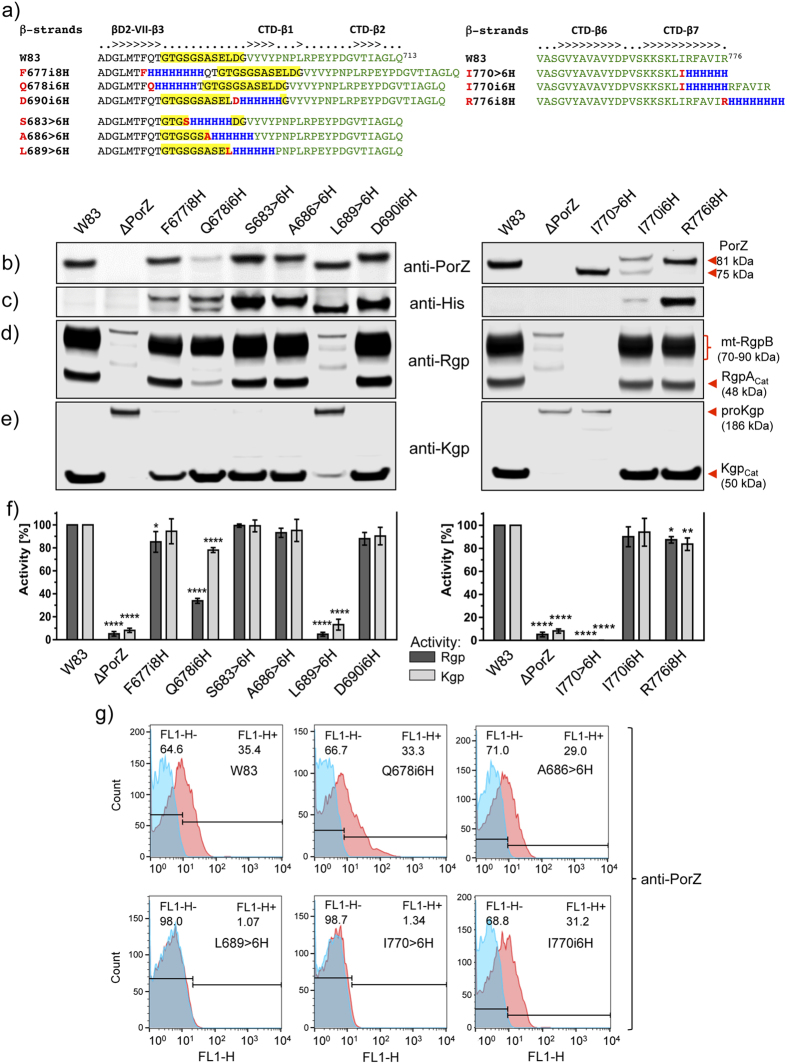Figure 8. Effects of the introduction of, or replacement with, oligohistidines on PorZ function.
(a) Location of insertions (i) and substitutions (>) of consecutive residues by polyhistidines at the junction (residues G680-G691, over yellow background) between CTD (green font) and the preceding domain of PorZ (F677i8H, Q678i6H, S683 > 6 H, A686 > 6 H, L689 > 6 H and D690i6H) or at the C-terminus (I770 > 6 H, I770i6H, and R776i8H). β-strands are indicated above the alignment. (b–e) Wild-type and mutant strains were grown to OD600 = 1.0 and whole cultures were subjected to Western blot analysis with anti-PorZ (b), anti-polyhistidine (c), anti-Rgp (d) and anti-Kgp (e) antibodies. (f) The same strains were used for gingipain activity assays. (g) The level of surface exposure of PorZ in various mutants was analyzed by flow cytometry using anti-PorZ antibodies (red) and negative isotype control (blue). Representative histograms are shown from three independent experiments.

